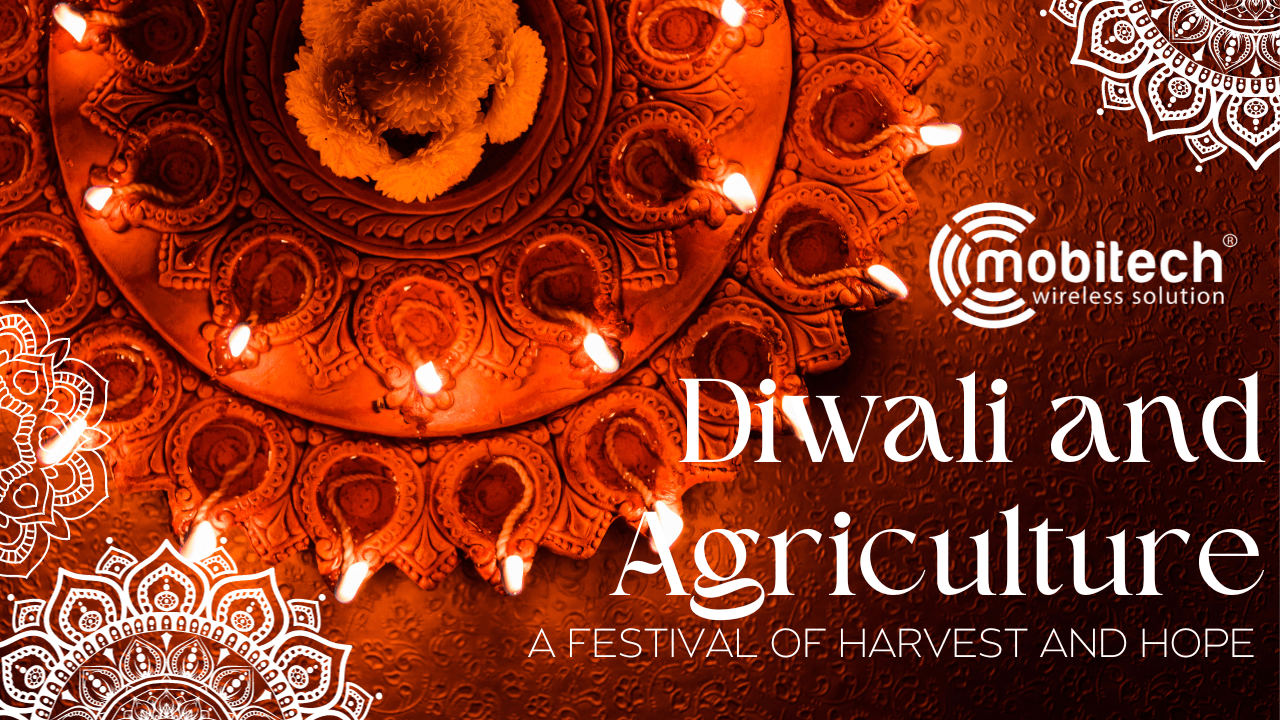
Introduction
Diwali, also known as Deepavali, is one of the most widely celebrated festivals in India and by Indians around the world. Often referred to as the “Festival of Lights,” Diwali holds great cultural and religious significance. It marks the victory of light over darkness and good over evil, with various mythological stories and legends associated with this festival. However, beyond its spiritual and cultural importance, Diwali is deeply connected to agriculture and the bountiful harvest season in India. In this blog post, we will explore the intimate relationship between Diwali and agriculture.
The Season of Harvest
Diwali typically falls in the month of October or November, depending on the Hindu lunar calendar. This timing is not arbitrary; it aligns perfectly with the post-monsoon harvest season in India. The festival serves as a time of gratitude and celebration for the agricultural communities, as they reap the fruits of their labor.
Farmers toil throughout the year, sowing seeds, tending to crops, and hoping for a bountiful yield. Diwali is the culmination of this tireless effort, as it represents the harvest of the kharif (summer) crops like rice, wheat, sugarcane, and pulses. For many families in rural India, it’s a time of plenty, where their granaries are filled with the season’s produce.
The Connection Between Agriculture and Diwali
- Lamps and Decorations: The most iconic aspect of Diwali is the illumination of lamps and the decoration of homes with colorful rangoli patterns. In an agrarian society, light holds immense significance, as it signifies the dispelling of darkness and the ushering in of prosperity. Farmers light lamps in their fields to protect the crops from pests and also to celebrate the successful harvest.
- Feasting: Diwali is a time when families and communities come together to celebrate with feasts and sweets. The abundance of food during Diwali is a direct reflection of the agricultural prosperity that the harvest season brings. Many traditional Diwali sweets are made from ingredients like rice, jaggery, and milk – staples of Indian agriculture.
- Lakshmi Puja: The worship of Goddess Lakshmi, the deity of wealth and prosperity, is a central aspect of Diwali. She is believed to visit homes that are clean, well-lit, and prosperous. In an agricultural context, Goddess Lakshmi’s blessings are sought not just for material wealth but for a bountiful harvest and a prosperous farming season ahead.
- Cattle and Livestock: In rural India, cattle and other livestock are essential for agriculture. Diwali is a time when these animals are bathed, adorned with colorful decorations, and honored as part of the farming family. They are thanked for their invaluable contribution to the agricultural process.
- Firecrackers: While firecrackers are a contentious aspect of Diwali due to environmental concerns, they have a historical connection to agriculture. In ancient times, loud noises and bright lights were believed to drive away pests and protect the harvest.
The Role of Diwali in Sustainability
In recent years, there has been a growing awareness of the need for sustainable agricultural practices. Diwali serves as a reminder of the symbiotic relationship between agriculture and the environment. As people celebrate the harvest, it’s crucial to acknowledge the importance of sustainable farming methods, responsible water usage, and the preservation of natural resources.
Conclusion
Diwali is not just a festival of lights, but also a festival deeply rooted in agriculture and the celebration of the harvest season. It is a time when farmers, their families, and communities come together to express gratitude for the abundance that the land has provided. As we celebrate Diwali, let us also reflect on the importance of sustainable farming practices and environmental conservation to ensure that future generations can continue to enjoy the blessings of a bountiful harvest.


